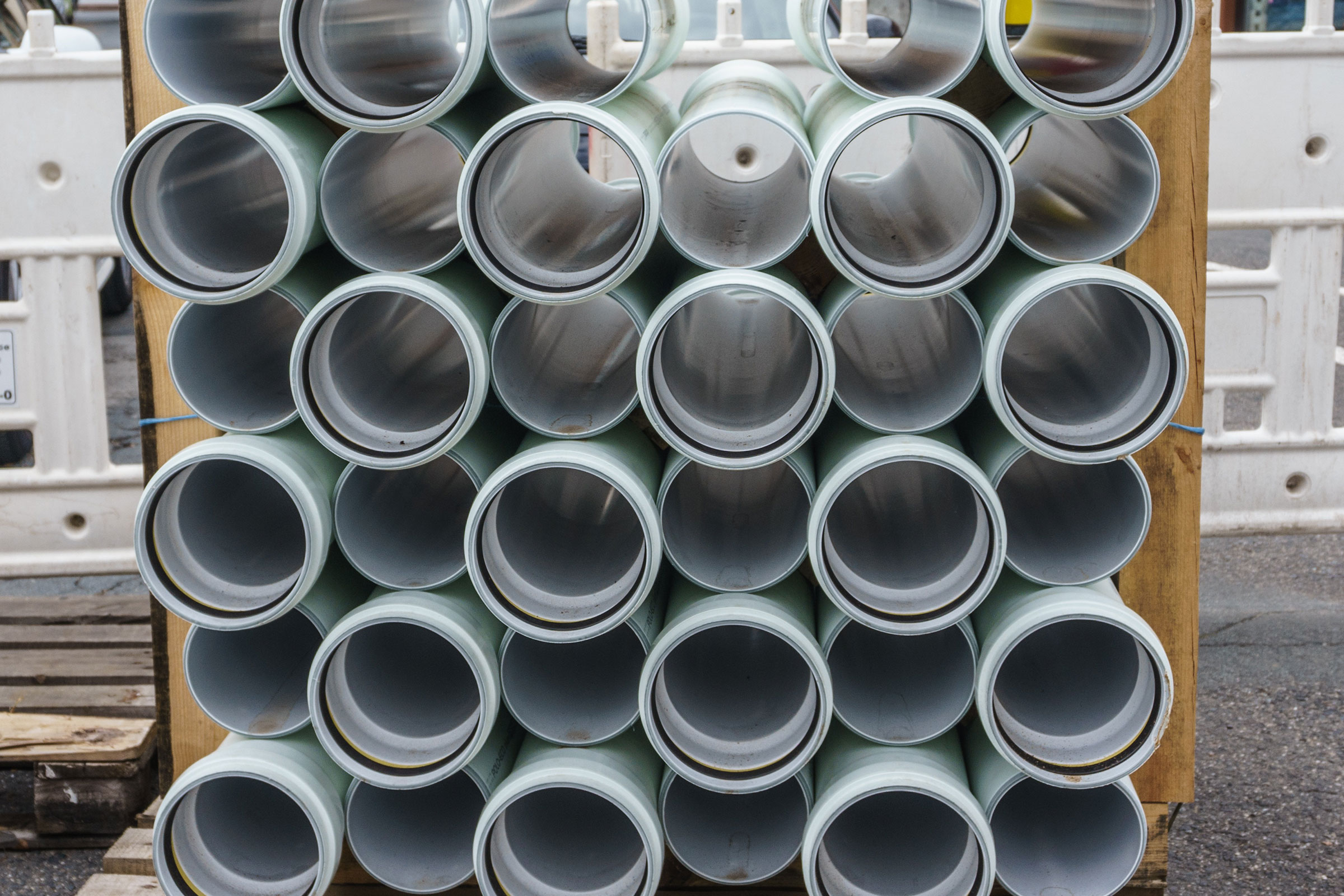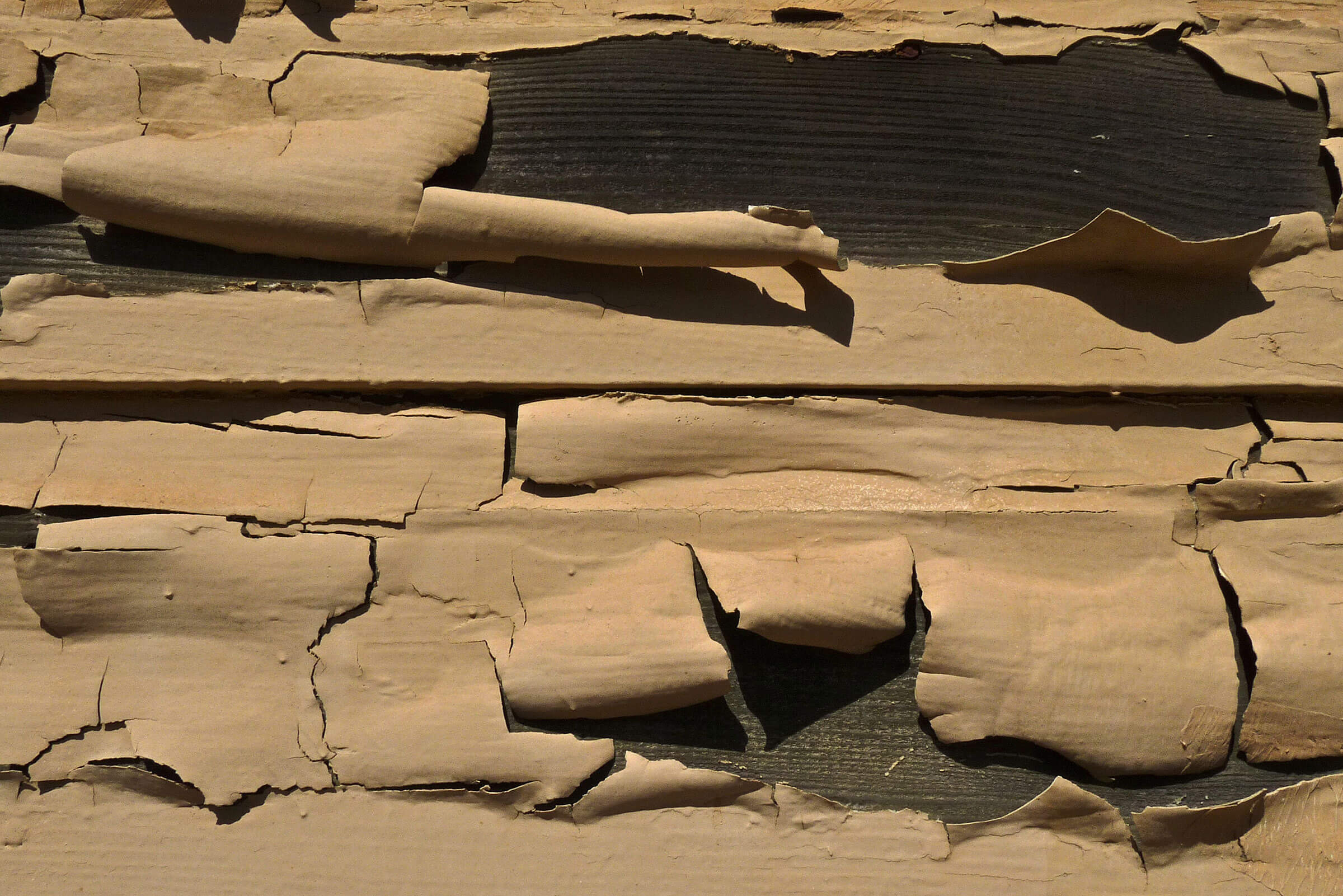Over the past 5-10 years, lead poisoning has become a hot-button issue. Lead can lurk in unexpected places, and you may be surprised where you can find it. While lead has a long-standing history, dating back to 4,000 BC — however, the first law banning lead wasn’t until the 1690s. In the German city of Ulm, Duke Ludwig banned the use of lead-additives to wine products because it caused colic.
The catalyst for lead contamination awareness today started in Flint, Michigan. During a water fund shortfall, a pipeline was to be built in order to bring water from Lake Huron to the city. However, during construction, the city decided to use the Flint River as its water source.
During this time, issues with Flint’s water supply absolutely snowballed. From issues with coliform bacteria (a warning sign for E. coli) to cancer-causing chlorine and organic matter. The final straw came in 2015 when the EPA discovered dangerous levels of lead in the water supply. Throughout the year, more and more problems with lead began to sprout, as corrosion in lead-containing pipes from the river created unsafe drinking supplies. Later in the year, a team from Virginia Tech stated that the Flint River water was 19 times more corrosive than Detroit water – and declared it unsafe for drinking or cooking.
Over the next four years, a state of emergency was declared, lawsuits and charges were filed against the city and its officials, and the world began to realize the dangers associated with lead-contaminating materials once more.
What Makes Lead So Dangerous?
Lead poses a myriad of health, behavioral, and developmental risks — especially amongst children. Why? Well, children don’t have nearly as many built-up defenses as adults and also exhibit different behaviors. Children are far more likely to put their hands in their eyes or mouths, which is dangerous for a variety of reasons, but especially harmful with lead-contaminating materials and dust. Children also breath more, which elevates their chances of inhaling dangerous levels of lead.
According to Mt. Washington Pediatric Hospital, potential problems associated with high levels of lead exposure include:
- Poor speech articulation
- Hyperactivity
- Delayed language or motor milestones in infants and toddlers
- Attention issues
- Fine or gross motor coordination problems
- Delayed general intellectual abilities
Physical symptoms can also present themselves. Children may face weight loss, vomiting, nausea, seizures, abdominal pain, and others if they are exposed to dangerous levels of lead.
Where is Lead Usually Found?
Perhaps the most traditional avenue for lead exposure is with lead paint. Houses and buildings built before 1978 have an especially high chance of containing lead paint, as regulations banning such materials were not in place yet.
Lead paint is especially dangerous if it’s been worn away, damaged, or faced severe weathering — causing it to chip, peel, chalk, or crack. Areas that are moved or touched frequently are at the greatest risk. These areas typically include railings, window frames, window sills, door frames, doors, stairs, porches, and sometimes trimming.
While lead paint, especially in homes built before 1978 and in these areas, is especially common, there are some less popular areas lead is found.
10 Unexpected Places You’ll Find Lead

Some of these less traditional areas were mentioned earlier in the post, but still, aren’t common knowledge. Here we’re going to take a deep dive into some lesser-known lead sources that could be dangerous.
Certain foods may contain lead. It’s not as common; however, there are plenty of ways in which dangerous amounts of lead can find its way onto our plates. Whether it be food grown in soil that has been contaminated by lead paint or lead seeping through packaging in tins with lead soldering — certain foods can be dangerous.
Some dishware like lead-glazed pottery and leaded crystal glassware could also lead to unwanted lead exposure or even poisoning. Consuming food or drink out of lead-contaminating materials could be potentially dangerous.
Toys are another surprising source for lead exposure, more commonly with children, for obvious reasons. Sometimes, it can be as simple as toys that may contain lead paint being passed own from one generation to the next. However, certain industrial plastics used to stabilize plastic molecules from heat may also contain lead. This can be especially common in toy jewelry and can be dangerous if sucked on by a child. Another possible source for lead is with imported toys from countries with less stringent restrictions. The Center for Disease Control (CDC) provides helpful information for parents regarding lead-contaminating toys.
Candy is another shocking source for lead, as it can again be a potentially dangerous source of exposure for children. For the most part, exposure is typically linked to candy that has been imported from Mexico. Common ingredients associated with candy-related lead poisoning are tamarind and chili powder — both common ingredients in Mexican candies. Another unfortunate source of lead in candy comes from plastic or paper wrappings that may seep into the candy.
Cosmetic items can also contain lead. Traditionally, lead was long used in the cosmetic arena and was even encouraged by royalty such as Queen Elizabeth I. While today, lead in cosmetic products is few and far between, it does find its way into some religious ceremonies. For instance, a lead-containing material called red sindoor powder is used by Hindu and some Sikh women in their hair to indicate marital status.
Arts and craft materials may contain lead as well. Typically, ceramic enthusiasts and those that work closely with certain paints may be at an especially elevated risk without taking the necessary precautions. Usually, these are older or imported glazed ceramics, crafts, dishes, or furniture.
Hunters and fishers may want to be especially mindful of possible lead exposure, especially if they plan on eating their kill or catch. Bullets can expose a kill to lead fragments and need to be properly handled before being eaten. There are lead-free bullets, so perhaps the best route is to stick to those when hunting. Certain sinkers and lures can also contain lead, which means handling them takes care.
Soil is one that we have mentioned alongside another unexpected place you may find lead. The most common way in which lead finds its way into the soil is from lead paint chipping or wearing away from the outside of homes or buildings built before 1978. While lead is a naturally occurring mineral in most soils, lead paint can drastically increase concentrations leading to dangerous levels of lead in soil.
Piping has long been a source for lead and played a large part in the Flint water crisis. However, due to its high level of toxicity and natural wear over time, leading to corrosion and eventual water contamination, it has been highly regulated over the years. However, lead is still found in many interior water pipes and those that connect a home or business to a main water pipe.
Keeping Everyone Safe
While these are some of the more unexpected sources of lead, paint still poses the biggest threat for people throughout the country. Those that work closely with lead-containing materials are at an elevated risk, due to increased exposure.
Workers that conduct renovations or construction tasks that may disturb lead-containing paint or materials in homes or buildings need specialized training. The EPA requires renovators to take courses and receive mandatory certifications to work with lead-containing materials. These courses ensure that contractors are properly educated on how to handle lead-containing materials to keep not only themselves safe, but homeowners or occupants safe as well.


